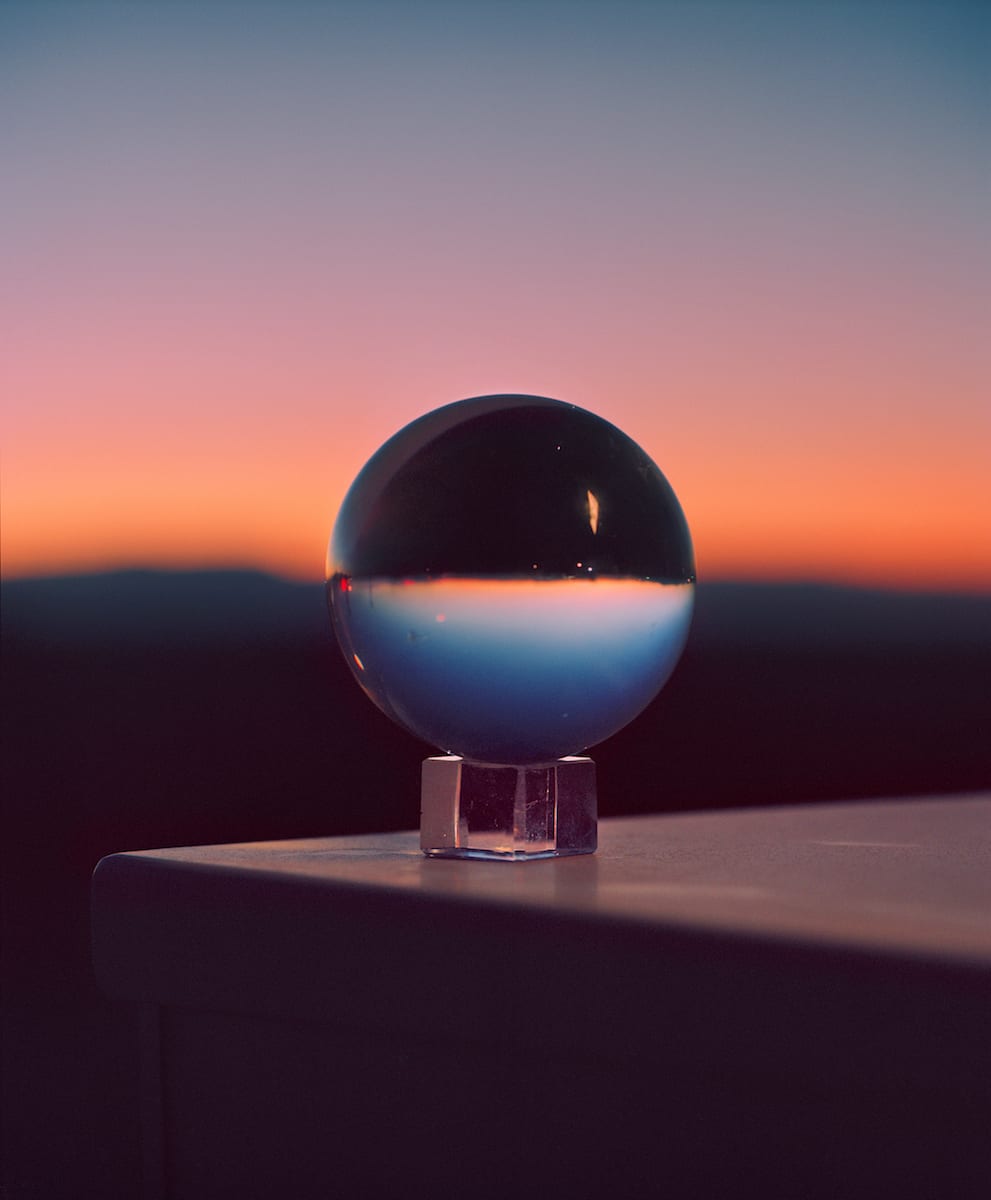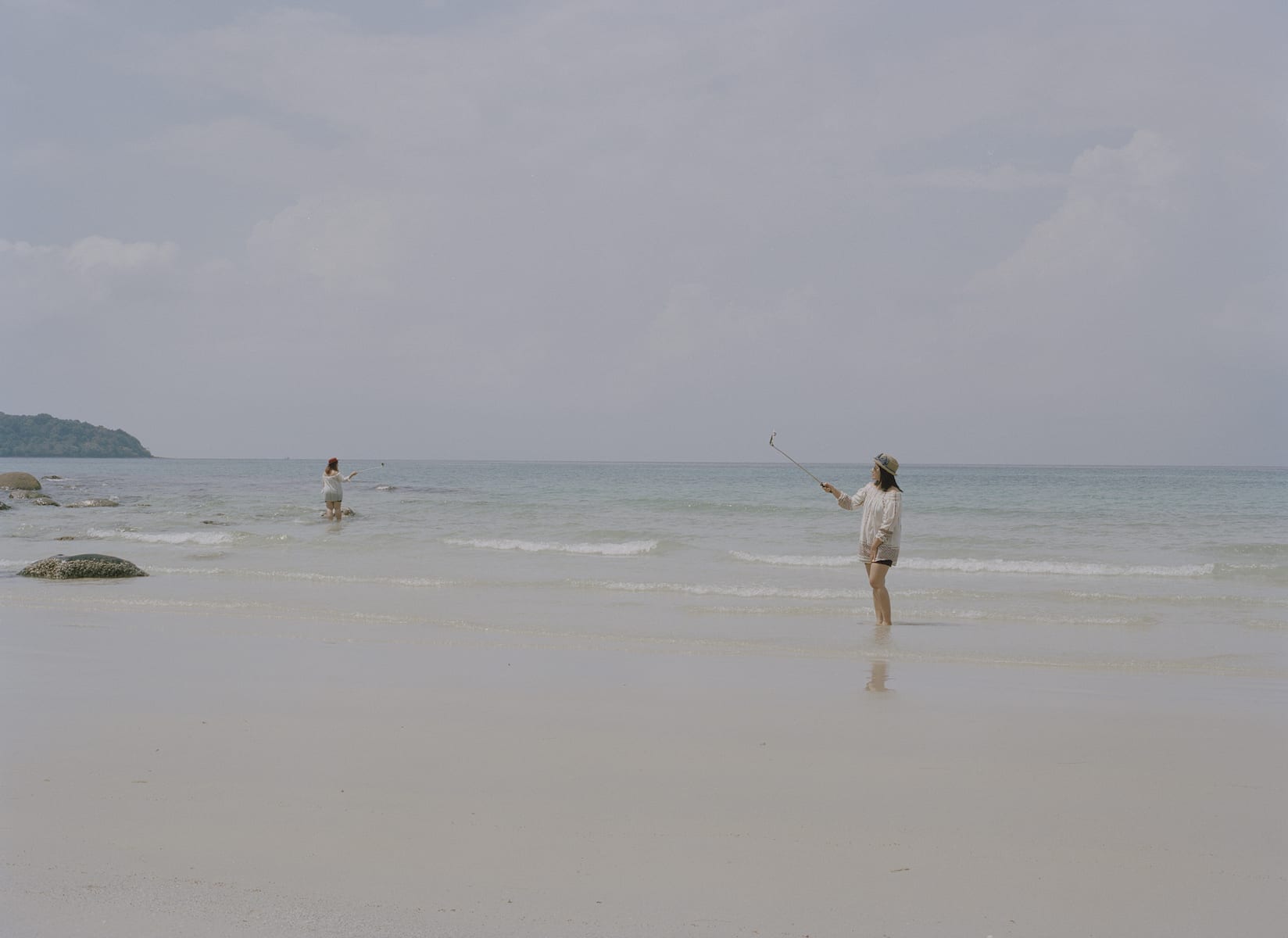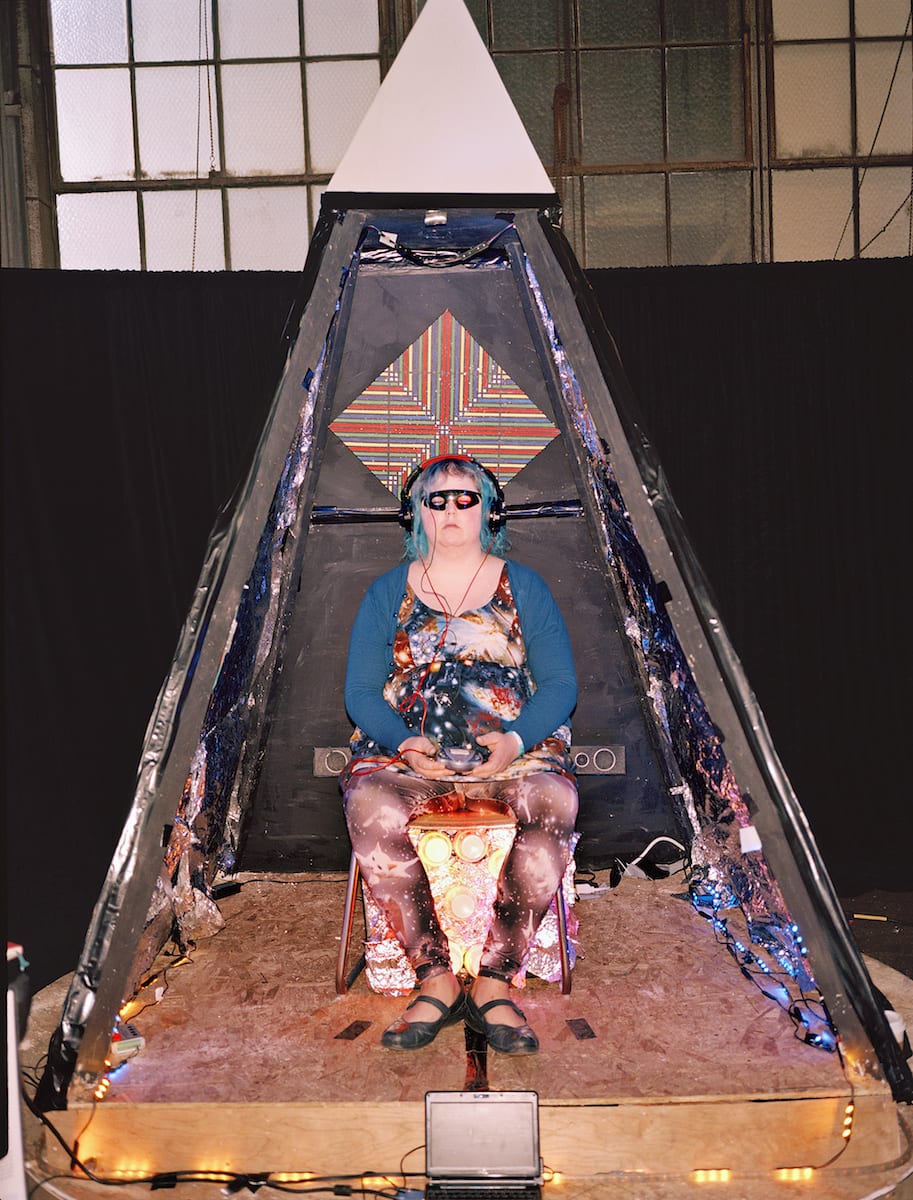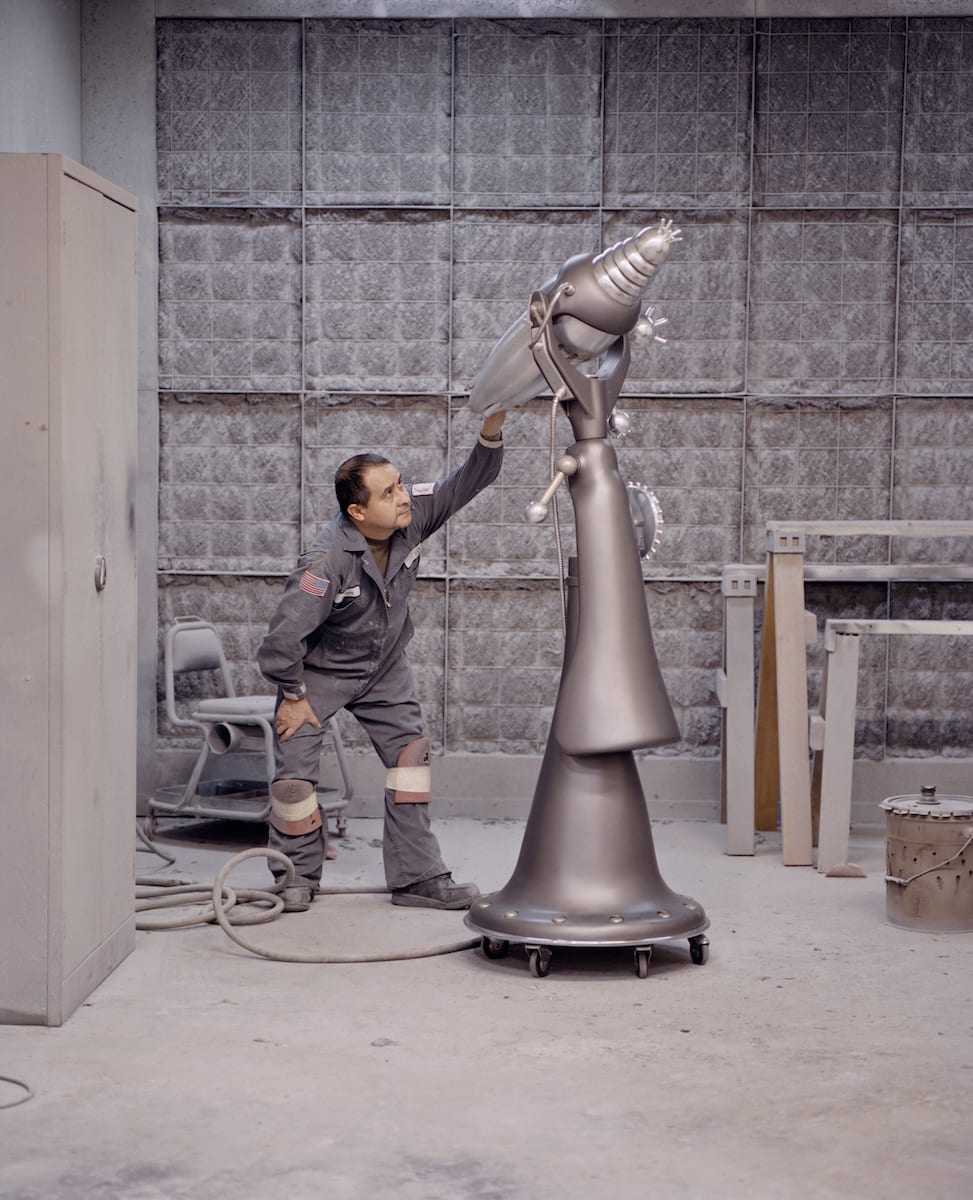Last few hours left to apply! BJP IPA 2019 deadline: 20 December, 2018. There will be NO extended deadline.
BJP IPA 2019 deadline: 20 December, 2018 – 4pm GMT. There will be NO extended deadline.
Peter, Sara and Tobias met while attending the Fatamorgana School of Photography in Denmark, where they now share a studio. They made a name for themselves with their first project and photobook, Phenomena, in 2015. This debut project, an anthropological study of UFOs and extraterrestrials, was exhibited in 2016 at Rencontres d’Arles and nominated for Prix de la Photo Figaro. Since their initial collaboration, the collective has developed a conceptual and subjective approach akin to documentary, which considers issues founded on theories and first-person accounts, rather than fact.

How did you come together as a collective?
Sara: We’ve all shared an office together for the last six years, and we came together to start our first series, Phenomena, three years ago. We all struggled doing our own personal work alongside our businesses, so collaborating was a way of shaking up our professional lives. Coming together gave us room to experiment. It’s about finding the space and projects that let us do things the way we want to, instead of being governed by other people’s interests or rules. We each wanted to move away from the conventional shape and form of documentary or editorial photography. Then we realised that if we wanted to do things differently, and wanted something to happen, we needed to do everything differently, so we came together as a collective.
How do you develop your ideas as a collective?
Peter: We always try to approach what we do as organically as possible. Our ideas are an open dialogue between the three of us, and we share ownership of everything. We’ll never say who takes each image, because that doesn’t really matter to us. Of course, being three individual people, there are many different angles that come in during the process of developing a body of work, and there’s a lot of discussion that goes on. We try to define the path we want to go on collectively, so it’s a thing that has to find its own way.
S: In the beginning, when we started as a collective, we didn’t have any ideas of what we wanted or how the first project was going to go. We just did things with the desire to shake them up and be a bit different. Along the way, we’ve worked out how to collaborate and do things organically. We couldn’t have done this if we weren’t all open to the fact that we don’t have the same amount of control as we’re used to having. If we didn’t find that giving or interesting then it wouldn’t work. So sometimes it’s organic and sometimes it’s chaotic, but that’s what we asked for.

Can tell me about your IPA shortlisted series The Merge?
P: The Merge is the second project we’ve done together. We wanted to question whether the world we’re living in could actually be a simulation. The reason we’re taking up this idea now is because of developments in artificial intelligence, simulation theory and robotics, a discussion started with Oxford Professor Nick Bolstrom in 2002. He believes that we could be living inside someone else’s simulation as avatars. We are not in a position to find out if that is true or not, so we wanted to explore that and combine the exploration with a more documentary-style approach to simulations and robots. There are essentially two paths in this project; one is more documentary, looking at the development, and the other is a more abstract, interpretive approach to reality, where we are looking at things that we find obscure or bizarre.
What inspired you to make this project?
Tobias: Reading Nick Bolstrom’s simulation theories was quite significant. We also met a professor at Berkeley called George Smoot, who is a Nobel Prize winner in Physics. I remember seeing him present his own theory of simulation during a talk, and it was extremely interesting to see this important academic figure discussing it. We were thinking of doing a project on simulation theory prior to that, but when we started hearing significant people opening up to it, it became really interesting to us. We always try to work with these paranormal phenomenons and abstract ideas, but keep them rooted in either eyewitnesses’ accounts or academics. So we have this mix, as Peter said, of both the documentary approach and the abstract way of debating our perception of reality.
How do you feel The Merge ties into your previous work, Phenomena, and how does it depart from it?
P: In Phenomena, we wanted to take a look at people who believe in aliens and UFOs and give them the benefit of the doubt, in order to take their views seriously instead of ridiculing them. In this new project, we are looking at this simulation argument with the same approach: what if it’s actually real?
T: We always try to put out material openly and without bias. We are not trying to prove anything; we collect statements and materials and then present them. Of course, artistically we are going to have different approaches because we want to develop the way we’re working as photographers and artists, but the anthropological approach and our role as collectors of material is the same in both projects.
S: It’s not like we’re going to have all the answers or are going to tell you anything. You are probably going to be confused, and we’re confused.

What’s next for you? Do you see this project being a long, ongoing process, or are there plans to start something new?
P: This project is enough for now. We started it a year ago but are still working on it on so many different levels, in terms of our discussions, and also in terms of what we are photographing and the techniques we are using. There are many things going on. We decided not to constrain our focus and process so much. We want to make the project fluid.
T: It’s a huge project with a lot of different theories within it, and a lot of different countries that we need to visit. We are debating the perception of reality, so we need to have a broad idea of what reality is. The perception of reality is defined by many different things and different cultures, so there is a need for us to cover a lot of ground. We don’t just want to show a Western or European perspective.
S: But right now we are working towards two exhibitions, so we are going to do this differently from Phenomena. With Phenomena we finished and then published it as a book, whereas with this project we are exhibiting along the way. Then we’ll go back and analyse what we are missing.
What does it mean to you to be shortlisted for the IPA?
S: Whenever you take a risk, it’s nice to know that it’s accepted and that people like that you’re trying to do something different. We had no idea whether we were the only three people who thought this was a great idea, because we talk about this project all the time so we’re in the same bubble. It’s nice that people on the outside can see what we’re doing and appreciate it. Also, maybe they like that people are experimenting and doing something differently, because that’s something we’ve been missing – seeing projects that are doing things a bit upside down.
Would you like to exhibit your work in a solo show at London’s TJ Boulting gallery? The deadline for applications for the 2019 edition of BJP International Photography Award is 20 December 2018 – 4pm GMT. Apply now!

